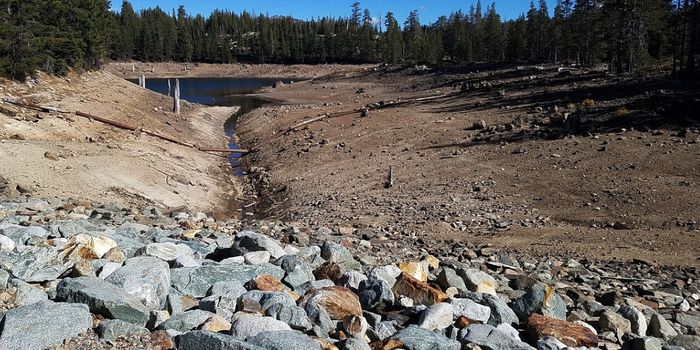Sea Levels Rising Along Southeast And Gulf Coasts More Quickly Than Elsewhere On The Globe
In a new study from Tulane University, researchers find that sea levels along the U.S. Southeast and Gulf coasts have been rising at an unprecedented rate in the past 12 years. The paper shows rates of sea-level rise of about a half an inch per year since 2010, a rate that is beyond those seen in at least 120 years in the region — and faster than the global change in sea level.
Although the rising mean sea-level (MSL) has been tracked globally since the 1960s, it has historically been difficult to track rising MSL regionally. The paper’s authors reviewed 66 monthly tide-gauge records along the Southeast and Gulf coasts. After controlling for possible causes of the accelerated rise in MSL, such as vertical land motion and ice-mass loss, they found that these variables didn’t account for the scale of the acceleration.
“Instead, we found that the acceleration is a widespread signal that extends from the coasts of the Gulf of Mexico up to Cape Hatteras in North Carolina and into the North Atlantic Ocean and Caribbean Seas, which is indicative for changes in the ocean’s density and circulation,” said study co-author Noah Hendricks.
The authors concluded that the accelerated rise was a result of both man-made climate change accompanied by a multi-year peak in natural weather variability. They suggest that the rates will soon align with climate models’ predictions in the coming decades, rather than continuing to outpace the rise at a global level.
“However, this is no reason to give the all-clear,” said Torbjörn Törnqvist, co-author. “These high rates of sea-level rise have put even more stress on these vulnerable coastlines, particularly in Louisiana and Texas where the land is also sinking rapidly.”
Recently, the effects of rising MSL have been felt significantly in the Gulf and Southeast Coasts, with disastrous events such as Hurricanes Katrina and Sandy wreaking devastation on vulnerable communities. Even if recent acceleration were to slow, the rise in MSL would still affect residents. As well, on the global scale, the current rate of sea-level rise still threatens hundreds of millions of people who reside in coastal communities, with up to 4.6% of global population projected to be flooded annually in 2100 if current rates continue.
Sources: Nature Communications, Tulane University, Science Daily, PNAS








